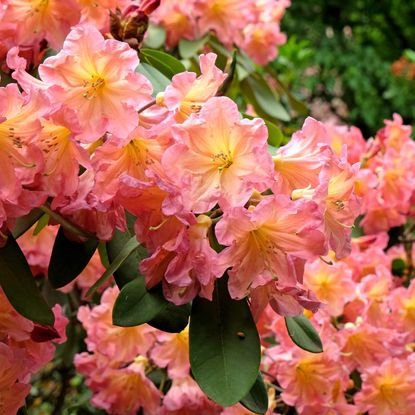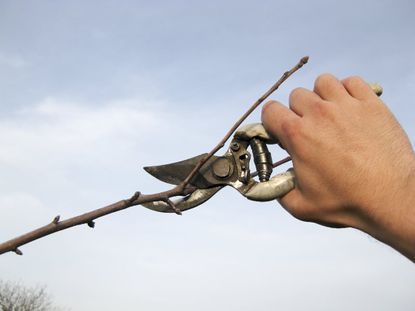Cuttings
Your ultimate guide to Cuttings: Everything you need to know with expert info for beginners and advanced gardeners alike.
-
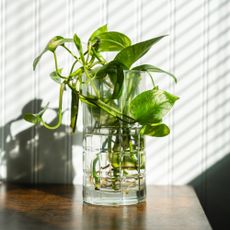
Avoid These Propagation Pitfalls: 6 Reasons Your Cuttings Are Conking Out
Don't fall for these propagation fails. Avoid these common propagation mistakes so that you can have free plants forever!
By Kathleen Walters
-
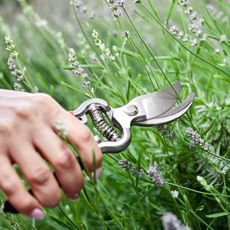
What Is The 8-8-8 Lavender Rule? Find Out Why This One Simple Pruning Tip Can Help Rejuvenate Your Lavender
One of the most satisfying summer pruning jobs involves getting your lavender in shape – so if you care about doing it right this summer, the 8-8-8 lavender rule is well worth a try
By Janey Goulding
-
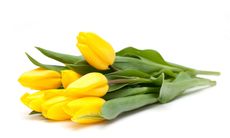
Can You Plant Cut Flowers: Will Cut Flowers Grow Roots
A popular gift for holidays or special occasions is that of flower bouquets, but a gift of plants will soon die. What if you could turn that bouquet back into growing plants? Rooting bouquet flowers is possible with a few simple tips. Click here to learn more.
By Teo Spengler
-
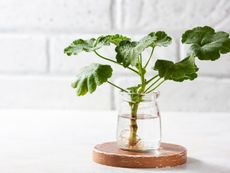
Growing Cuttings In Winter: How To Overwinter Cuttings From Plants
Even if you can move them, annuals often don’t last indoors during winter. Instead, consider keeping cuttings over winter. Get started here.
By Becca Badgett
-
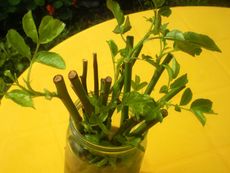
Winter Propagating: Can You Propagate Plants In Winter
Can you propagate plants in winter? Yes, winter propagation is possible. Click here to learn all about winter plant propagation.
By Amy Grant
-
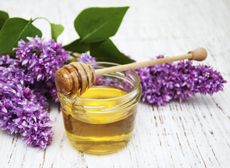
Natural Rooting Methods – Organic Rooting Options For Cuttings
Rooting is a good way to propagate plants, with success increased by the aid of a rooting hormone. Learn about organic rooting hormones here.
By Liz Baessler
-
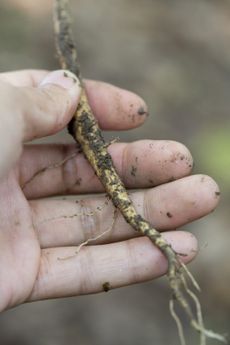
What Are Root Cuttings: Information On Taking Cuttings From Root Growth
Propagating plants from root cuttings is unfamiliar to many gardeners, so they hesitate to try it. It isn?t hard, but there are a few things you need to know. This article explains the basics of starting plants from root cuttings.
By Jackie Carroll
-
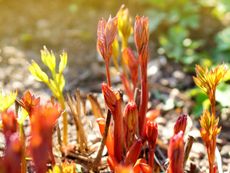
What Are Basal Cuttings – Learn About Basal Propagation
Perennial plants reproduce themselves, with new additions each year. That new growth you see around the edges is new to the original growth from the previous year. You can use these basal plant cuttings for entirely new plants. Learn more in this article.
By Becca Badgett
-

Root Stimulating Hormone: How To Use Rooting Hormones For Plant Cuttings
Popular ways to make new plants are from root cuttings, stem cutting, and leaf cuttings - oftentimes using a rooting hormone. So what is a rooting hormone? Read here to find out this answer and more.
By Susan Patterson
-
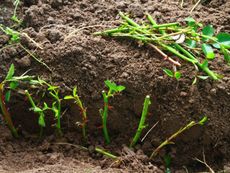
About Semi-Hardwood Cuttings – Information On Semi-Hardwood Propagation
For home gardeners, there are three primary types of cuttings: softwood, semi-hardwood and hardwood, depending on the growth stage of the plant. Exactly what is a semi-hardwood cutting? Click on the following article to learn the basics of semi-hardwood propagation.
By Mary H. Dyer
-
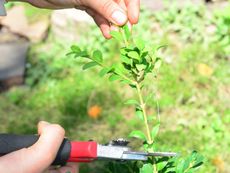
Keeping A Mother Plant: Using Stock Plants For Propagation
Managing stock plants gives you a ready and healthy supply of new clones to share or just keep for yourself. Use this article to get information on stock plants for propagation.
By Bonnie L. Grant
-
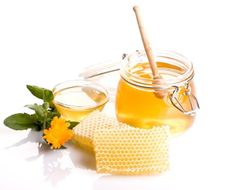
Honey As A Root Hormone: How To Root Cuttings With Honey
Did you know that honey may contain enzymes for promoting root growth in plants? It's true. Many people have found success with using honey to root cuttings. Read here to learn more.
By Nikki Tilley
-
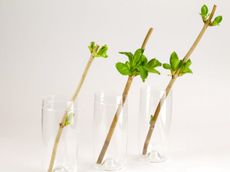
Cutting Propagation Plants: What Plants Can Root From Cuttings
Depending on the space, the costs of starting a garden can add up quickly. Luckily, savvy gardeners can grow a beautiful garden with little investment. Learning about plants that grow from cuttings will reward homeowners for many years to come. Click here for more info.
By Tonya Barnett
-
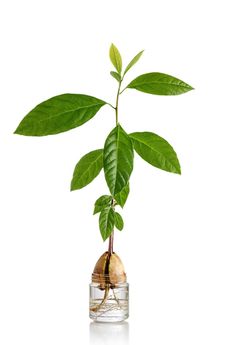
Plants That Root In Water – What Are Some Plants That Can Grow In Water
There are a ton of plants that root in water. They will eventually need a nutritive medium of some sort, but cuttings that root in water can stay in their aquatic environment while they develop a full root system. Click here for suitable plants and tips on the process.
By Bonnie L. Grant
